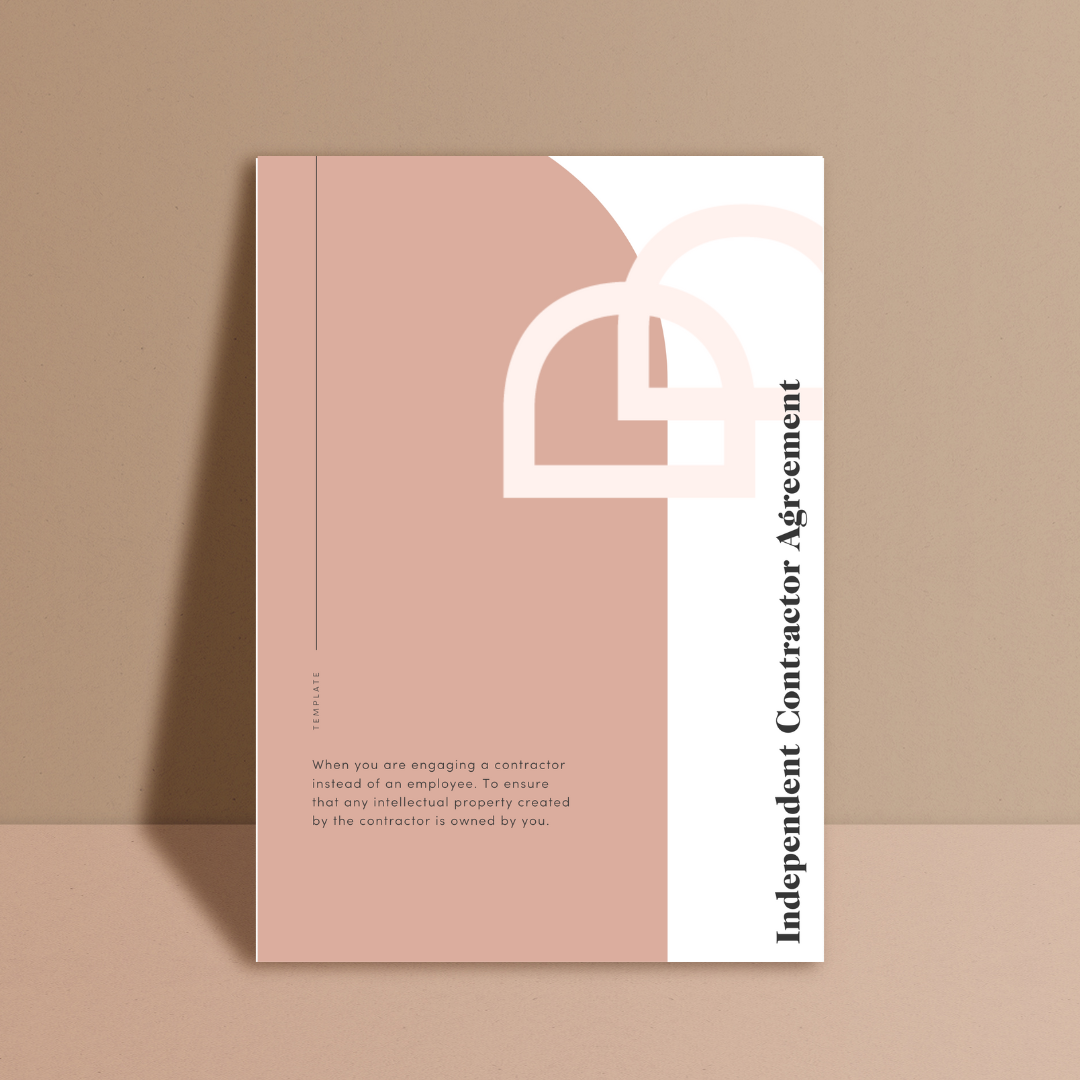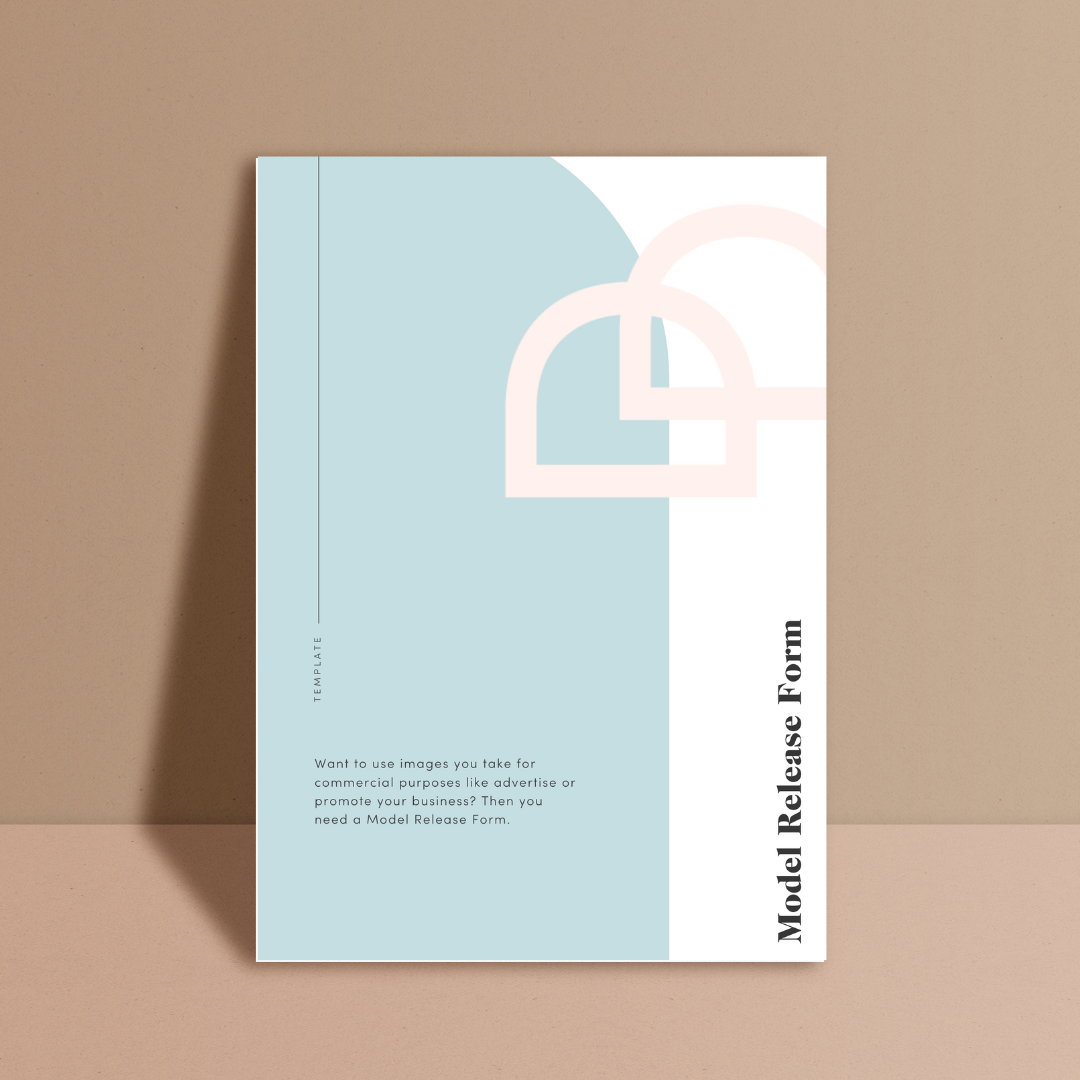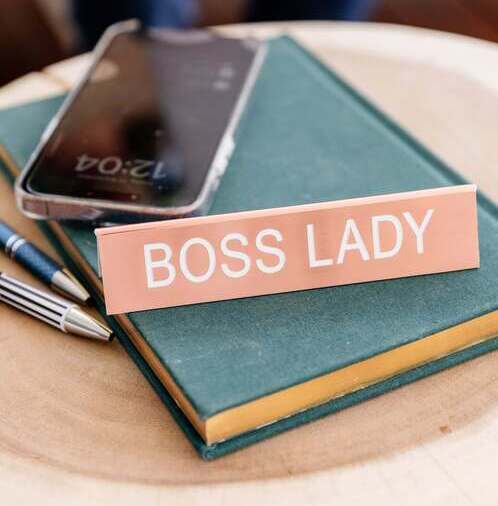Finding out that someone has stolen your content, whether it’s a blog post, a design, or social media caption, is infuriating. You’ve invested time, creativity, and effort, only to see someone else take credit. But don’t panic. The good news is there are steps you can take to protect your work and get it taken down. In this guide, we’ll walk through each step, so you can stay calm, act quickly, and safeguard your business.
Critical Steps When Your Work is Stolen
When you first discover that someone has copied your work, it’s easy to feel overwhelmed. But acting calmly and methodically gives you the best chance of resolving the situation quickly. Let’s dive into what you need to do.
How to Identify Unauthorised Use of Your Content
The first step is to confirm whether the copied content actually constitutes infringement. Not every case is intentional plagiarism, in some instances, it might fall under “fair use” or incidental similarity. Here’s how to be sure:
- Do a Google Search: Use Google to search for snippets of your text or descriptions of your images.
- Image Search Tools: Tools like TinEye or Google Image Search can help you find where your images are being used without your permission.
- Set Up Alerts: Use Google Alerts to monitor your name, product, or key phrases. This makes it easier to catch future cases of infringement.
If you find a substantial amount of your original work copied, it’s time to act.
Gathering Evidence and Documentation
Documentation is essential if you need to take legal action or request content removal. Here’s how to do it:
- Take Screenshots: Capture the copied content, including the URL, date, and any identifying details.
- Note key comparisons: Document the similarities between your work and the copied content. Highlight the identical sections or phrases to make your case clear.
- Store Your Evidence Safely: Keep all screenshots, notes, and correspondence in one folder in case you need them later.
- Use Timestamps or Metadata: If applicable, save drafts or timestamps that prove when your original work was created.
Legal Tools to Protect Your Work
Once you have gathered your evidence, it’s time to enforce your rights. The next steps depend on the platform where the infringement occurred and whether the offender is willing to cooperate.
DMCA Takedown Notices and Copyright Registration
Step 1: Contact the Offender
In some cases, a polite email can resolve the issue quickly. Many people don’t realise they’re infringing on copyright laws and will take down the content if asked, which can often resolve the issue quickly.
- Example Template:
“Hi [Name], I noticed that you’ve used my [content/image/article] on your website. As the original creator, I respectfully ask that you remove the material within 48 hours. Please let me know once it’s been removed. Thank you for your cooperation.”
Step 2: File a DMCA Takedown Notice
- If the offender doesn’t respond or refuses to remove the content, your next step is to file a DMCA takedown notice. This is a legal tool that allows you to request platforms like Instagram, YouTube, or Google to remove infringing material. Each platform typically provides a form for takedown requests.
How to File:
Provide the following details:
- Links to both the original content and the infringing version.
- A statement of good faith affirming your ownership or authorisation to act on behalf of the creator.
- A declaration that your complaint is accurate and filed under penalty of perjury.
Note: The DMCA applies to platforms worldwide, but your work must fall under copyright protection (e.g., text, art, videos). Ideas and general concepts are not protected by copyright law.
Proactively Preventing Content Theft in the Future
While you can’t stop every copycat, there are ways to discourage future infringement and protect your content.
Strategies to Safeguard Your Content and Brand
1. Use Watermarks on Visual Content
Watermarking your images or videos makes it harder for others to steal and claim them as their own.
2. Add Copyright Notices to Your Website
Placing a copyright notice (e.g., “© 2024 [Your Business Name]. All rights reserved.”) on your website lets visitors know your work is protected and sets clear expectations.
3. Trademark Key Elements of Your Brand
Consider trademarking your business name, logo, or tagline to prevent others from using similar elements. This adds another layer of legal protection to your brand identity.
4. Intellectual Property clauses in contracts
If you collaborate with contractors or freelancers, make sure your contracts include intellectual property clauses. These clauses clarify who owns the rights to the work and prevent misunderstandings.
What If Someone Copies Your Content Again?
Even with proactive measures, content theft can happen. If it does:
- Document Repeat Offenses: Continue collecting evidence to build your case.
- Escalate to a Lawyer: If multiple attempts to remove the content fail, consult with a copyright or intellectual property lawyer.
- Monitor Future Cases: Stay vigilant with alerts and regular searches, catching these cases early makes a big difference.
Final Thoughts: Stay Calm and Protect Your Work
Discovering that someone copied your hard work is never fun, but you’re not powerless. By following the steps in this guide, you can act quickly and effectively to protect your content. Remember, the sooner you act, the easier it is to prevent further misuse.
If you need more help with protecting your business and creative assets, check out our DIY Copycat Kit. It’s designed to make the process of safeguarding your content simple, clear, and manageable.
SIGN UP TO OUR FREE BUSINESS CHECKLIST
***Disclaimer. Please read!!***
This article is for general information purposes only and should be used solely as general guidance. It does not and is not intended to represent legal advice or other professional advice.
All rights reserved. © Foundd Legal Pty Ltd




















